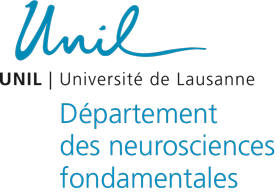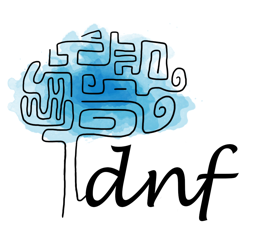PRESENTATION
Chronic pain affects 20% of the population and one third suffers from neuropathic pain, which is more difficult to treat and has a higher functional impact on people. The damage to the nervous system may result from an accident, surgery, illnesses such as diabetes, stroke or cancer, and treatments, including chemotherapy. The mechanisms that turn a lesion into a severe disability with dramatic individual and socio-economic consequences remain unclear. Understanding these mechanisms is a major goal towards the development of new therapeutic strategies to prevent chronic pain. Marc Suter and his research team aim to identify the underlying molecular and structural modifications of the nervous system in neuropathic pain using experimental pain models and combining genetic, electrophysiological, optogenetic and behavioral approaches. They mostly focus on neuroimmune interactions, at the level of the peripheral and central nervous system.
Marc Suter research laboratory, which is part of the Pain Center of the CHUV, contributes to education and training. Master students of the FBM-UNIL, students of the Summer Undergraduate Research program (SUR) and those of the School of Laboratory assistant of ESSanté are concerned.


